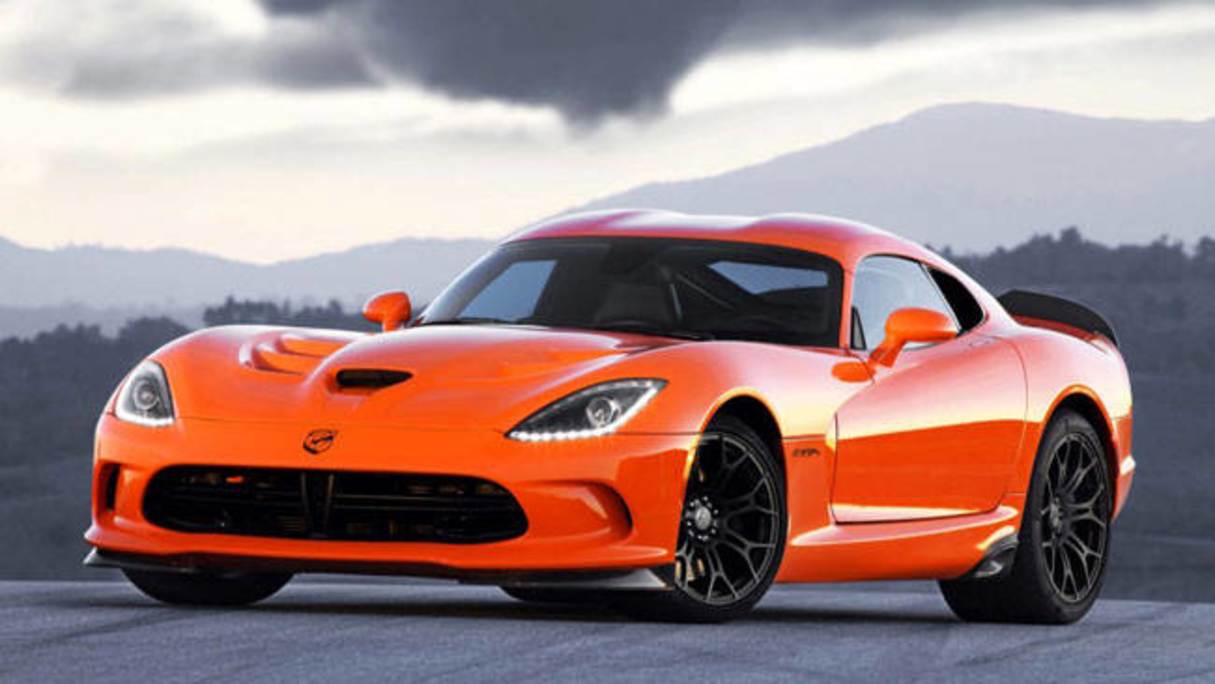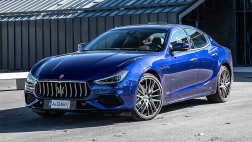The Viperidae, or Viper for short, is among the most aggressive and lethal family of snakes in the world, making it a fairly apt description for what is often described as the “most dangerous” sports car ever made: the Dodge Viper.
It’s not hard to see why the Dodge Viper earned such a description when you consider that the original model's 335kW/664Nm 8.0-litre V10 was backed up by zero driver aids, and next to no real safety features.
The first-generation Viper was released overseas in 1992 without a traction control system or airbags or anti-lock brakes, the roof was made of canvas, and the windows were made from vinyl using zips to open and close.
Even at standstill the car was unfriendly, with some owners reporting burns from the side-mounted exhaust as they exited the vehicle.
.jpg)
In short, the Dodge Viper was not built with safety and accessibility in mind, but rather for brutish and raw performance.
And it was quick too, with power delivered express to the rear wheels via a six-speed manual gearbox, sending the low-slung and lightweight Yank-tank from zero to 100km/h in just over four seconds and on to a top speed of around 290km/h.
At the drag strip, a standard Dodge Viper recorded quarter-mile sprint times of just 12.6 seconds.
The origins of the Viper trace back to the late 1980s, when then-Chrysler-president Bob Lutz decided the company needed a hero car to help it compete with rivals Ford and Chevrolet.
Mr Lutz, a hugely influential figure in the automotive world, assigned Chrysler’s head of design Tom Gale to develop a two-seat sports car with a powerful engine and a manual gearbox, taking inspiration from 1960s sports cars like the Jaguar E-Type and the Shelby Cobra.

The engine was developed with help from Lamborghini, which Chrysler owned at the time, as was much of the Viper’s exterior design.
With these credentials it's little surprise the original Dodge Viper was such a hit amongst petrol heads, and it wasn’t long before Dodge began updating the model.
In 1996, the second-generation Viper debuted a removable hardtop and glass windows among other changes, but it wasn’t until 2003 that the car received a significant overhaul.
The third-generation model brought a sharper, more modern design, while outputs were increased to 373kW/712Nm with a new 8.3-litre V10 engine.
.jpg)
At this point, the Dodge Viper was available in both convertible and coupe body styles, and modern driver aids and interior tech features were more prominent.
The fourth-generation Dodge Viper hit US showrooms in 2008, introducing a 447kW/759Nm 8.4-litre engine developed in part by McLaren Automotive.

By the time the fifth generation hit the stands in 2013, the Dodge Viper was a thoroughly modern supercar with a comprehensive driver assistance suite, and creature comforts like a 7.0-inch multimedia system and audio by Harman Kardon.
The Dodge Viper was discontinued in 2017 due in part to dwindling sales, however, overseas sources have claimed that the model was cancelled because of its inability to comply with tightening safety regulations.
.jpg)
.jpg)
.jpg)
.jpg)




.jpg)
.jpg)
.jpg)


.jpg)







.jpg)
.jpg)

